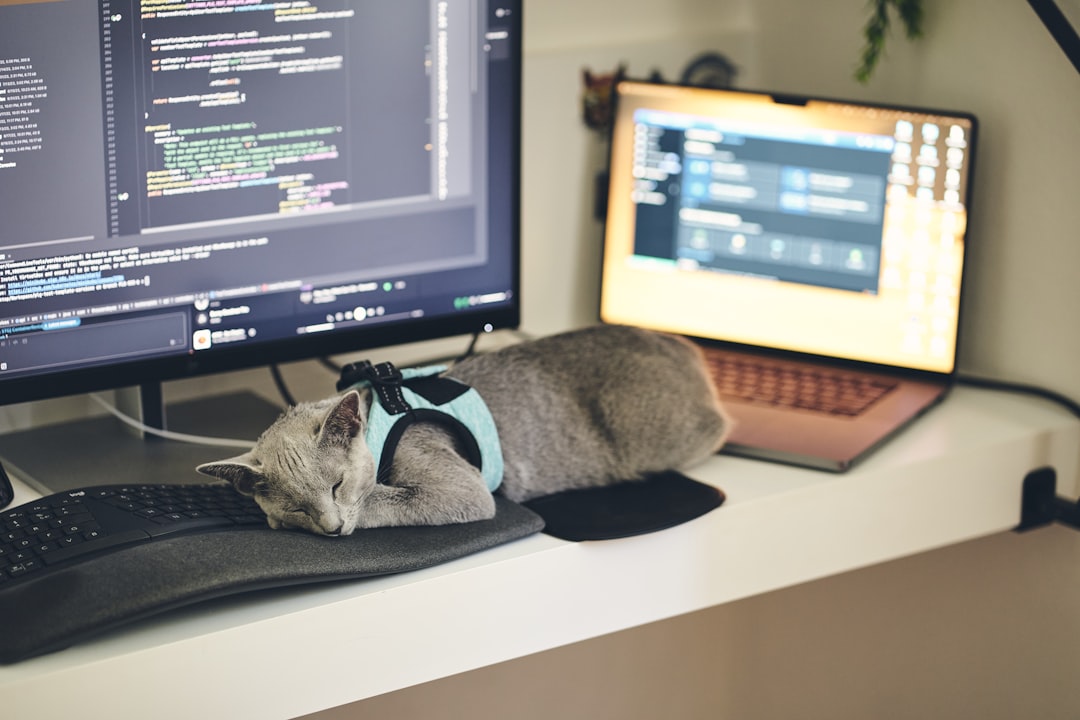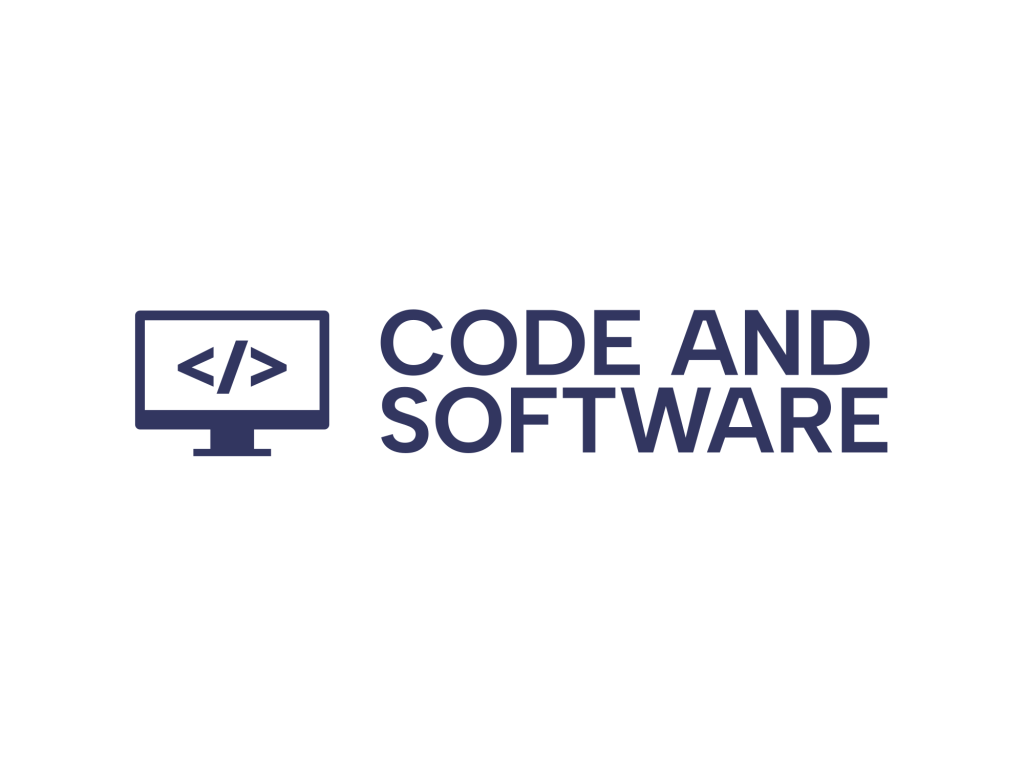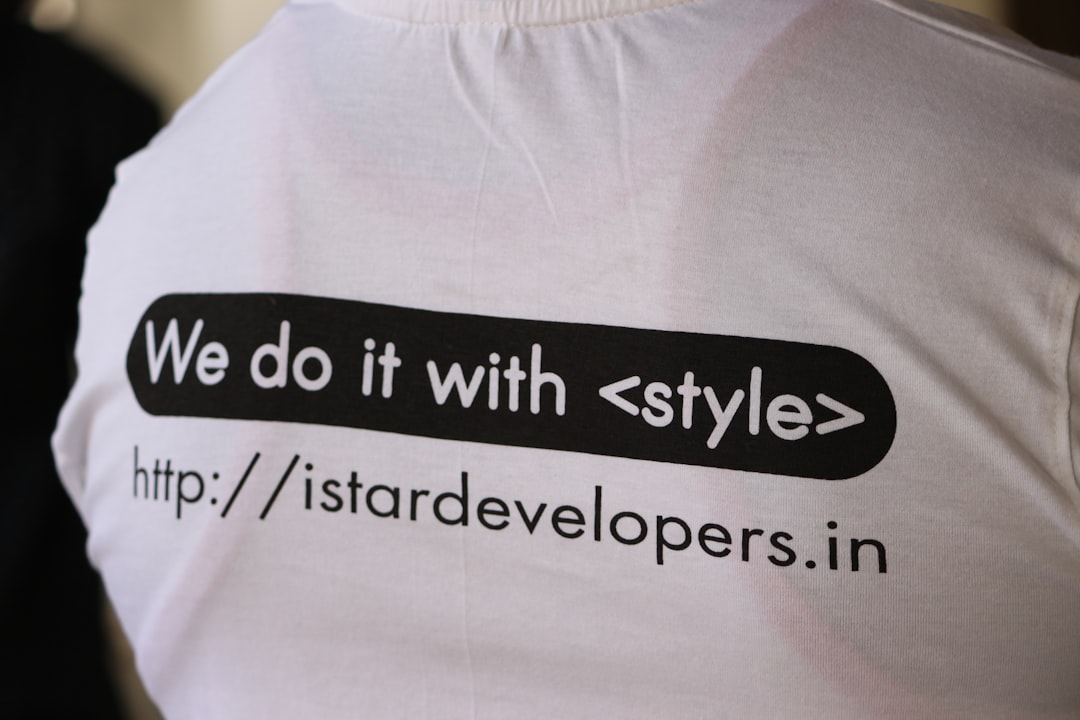In today’s rapidly evolving tech landscape, developers are not just writing code — they are building the future. As we move into 2025, the importance of maintaining clean, efficient, and secure codebases cannot be overstated. Adhering to established coding best practices helps ensure software is scalable, maintainable, and resilient against future changes and threats.
Regardless of whether you’re an experienced software engineer or a budding developer, observing proven coding standards will enhance your work quality and team collaboration. The following best practices are widely recognized in the software development industry and should be considered essential habits for any developer working in 2025.
1. Write Clean, Readable Code
Code is read more often than it is written. Writing clean and readable code enables better team collaboration and makes debugging or expanding your project much easier.
- Use meaningful variable and function names: Avoid obfuscated terms like x or data1 when more specific names like userId or fetchUserData() can be used.
- Apply consistent formatting: Use tools like Prettier or built-in linters to enforce uniform formatting conventions across your codebase.
- Keep functions short and focused: A function should do only one task and do it well.
Readable code saves time during both development and maintenance and becomes vital when multiple developers are involved or the original authors move on from the project.
2. Embrace Modular Programming
Break your code into smaller, reusable modules. This enhances both clarity and testability. By encapsulating functionality into discrete pieces, you reduce code duplication and ease debugging efforts.
- Stick to single responsibility principle (SRP).
- Divide large applications into services or components.
- Encapsulate code effectively to protect internal logic from unintentional interference.
Modular architecture not only supports better reusability but also opens the door for scalability as projects grow in complexity.
3. Follow Version Control Practices
Even in 2025, Git remains a cornerstone tool of modern development. Using version control effectively is a sign of a professional developer.
- Commit early and often: Make your commits small and atomic, accompanied by helpful messages.
- Use feature branches to separate different developments or bug fixes.
- Pull request reviews ensure that code is rigorously tested and readable before merging to the main branch.
This practice fosters collaboration and enables a safety net for experimenting with new ideas without jeopardizing the main codebase.

4. Prioritize Security from Day One
Security risks are a growing concern, and code vulnerabilities can easily find their way into production. It is vital to adopt a security-first mindset during development — not just as an afterthought.
- Always validate input to avoid injection attacks.
- Adopt tools to scan dependencies for known vulnerabilities.
- Use encryption to protect sensitive data at rest and in transit.
In addition to these practices, stay updated on the OWASP Top 10 security threats, and consider regular code audits with security in mind.
5. Write Automated Tests
Testing is no longer optional. With Continuous Integration and Continuous Deployment (CI/CD) pipelines becoming standard in software development workflows, automated testing has become a fundamental expectation.
- Write unit, integration, and end-to-end tests.
- Use tools like Jest for JavaScript or PyTest for Python to simplify the testing process.
- Integrate tests with your CI/CD pipeline to detect errors early.
Robust testing helps identify issues early, prevents regression bugs, and ultimately delivers higher-quality software to end users. Code without tests is code without a safeguard.
6. Document Code and APIs Properly
Proper documentation is an often overlooked but indispensable coding practice. Clear, concise documentation boosts team efficiency and eases the onboarding process for new developers.
- Write inline code comments only where clarity is needed — avoid commenting obvious logic.
- Maintain README files that explain how to install, run, and contribute to the project.
- Auto-generate API documentation if applicable using tools like Swagger or JSDoc.
A well-documented system is significantly easier to maintain — both for the original developers and others who may work on the code in the future.
7. Practice Code Reviews and Pair Programming
Code reviews are essential for ensuring code quality, consistency, and knowledge sharing among team members. Similarly, pair programming fosters collaboration and reduces the opportunity for critical mistakes.
- Establish clear code review guidelines for your team.
- Be constructive and respectful when reviewing other people’s code.
- Use these sessions to share knowledge and discuss possible improvements or alternatives.
These practices play a role in building a culture of accountability and continuous improvement in engineering teams.

8. Refactor Ruthlessly
Great software is not written — it is rewritten. Refactoring allows you to iteratively improve code structure, remove redundancies, and enhance maintainability without changing the overall behavior.
Make it a habit to schedule time for regular refactoring during development sprints. Consider using code smells and static analysis tools to identify areas that require clean-up. Refactoring is not a luxury — it’s a necessity for long-term project health.
9. Monitor and Log the Right Way
No matter how perfect your code looks, bugs and performance issues will creep up in production. Proactive monitoring and logging are essential to detect and resolve these issues quickly.
- Use centralized logging tools like Logstash or Datadog.
- Avoid logging sensitive data like passwords or tokens.
- Set up real-time monitoring dashboards for production environments.
Proper monitoring minimizes downtime, improves user experiences, and gives you actionable insight into how your applications behave in the real world.
10. Stay Current with Tools and Trends
In an industry that evolves as fast as software development, staying static is not an option. Frameworks, libraries, and development methodologies are constantly being improved. Developers should make learning a continuous part of their routine.
- Subscribe to trusted blogs, podcasts, and newsletters.
- Participate in online communities like Stack Overflow or GitHub Discussions.
- Attend conferences or webinars to gain new insights and network with other professionals.
Keeping up with changes isn’t just about following trends; it’s about choosing better tools and processes that serve your users and project goals more efficiently.
Final Thoughts
The software development world of 2025 is rooted in agile, collaborative, and security-conscious practices. Following these coding best practices isn’t about perfection but about embracing principles that lead to better quality software, faster delivery times, and a happier development team.
If you commit to writing code that others can understand, use, and improve, you help shape the future of software in a positive, scalable, and sustainable way. As technology grows, so too should your dedication to mastering and refining your development craft.

